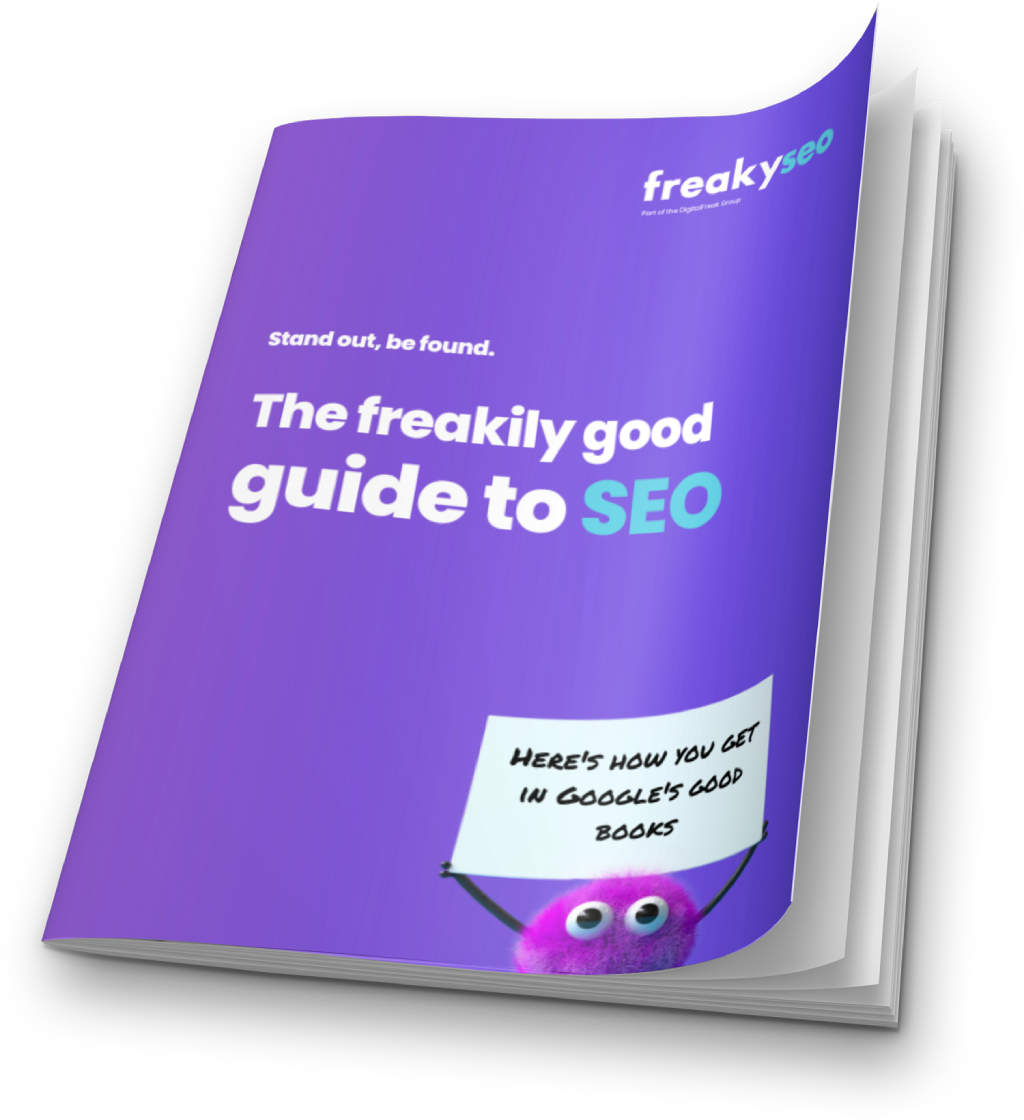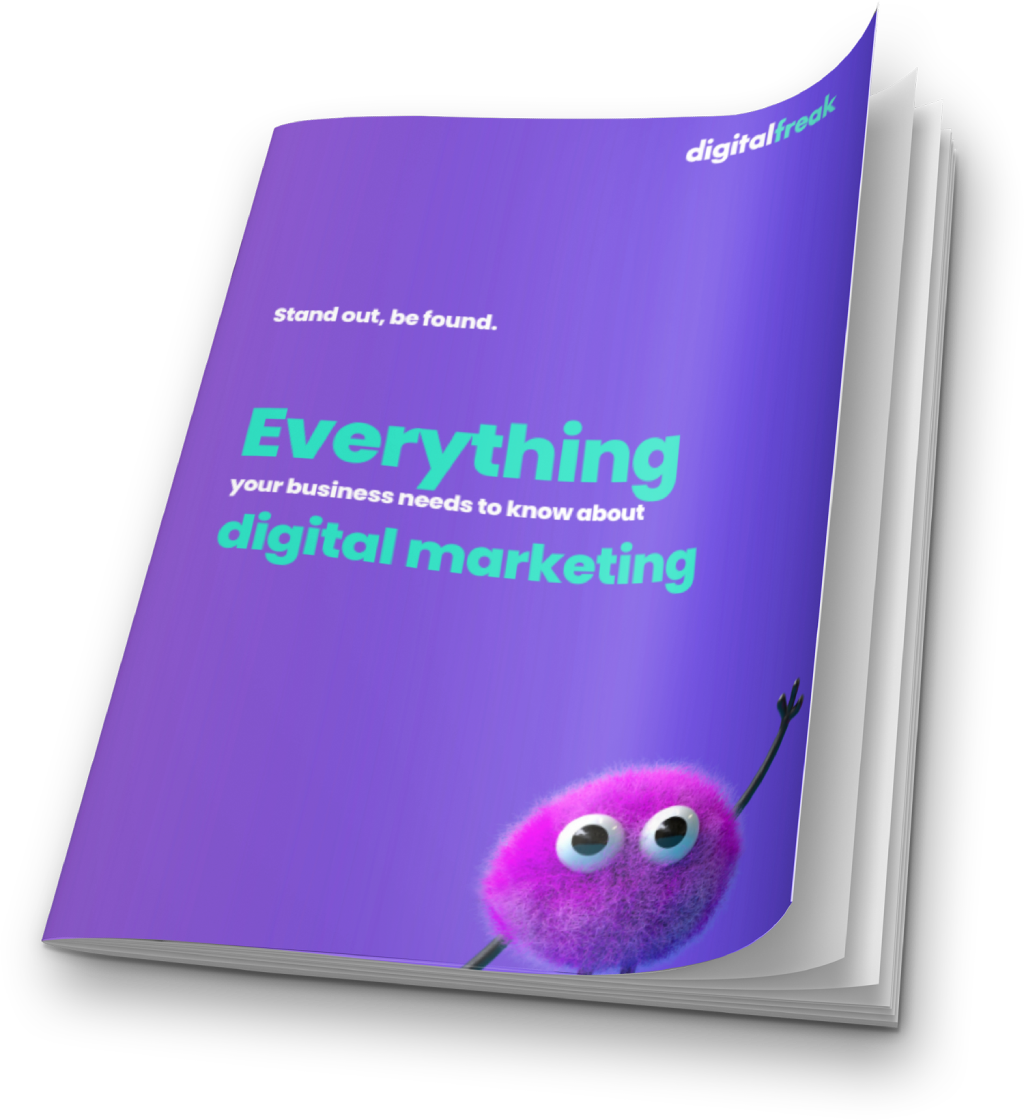Google’s Performance Max campaigns are designed to simplify advertising by running across all available channels with a single campaign setup. This includes Search, Display, YouTube, Discover, Maps, and Gmail. While automation drives much of the process, advertisers still play an important role in guiding Performance Max toward better outcomes. Without a clear optimisation strategy, campaigns can quickly eat through budgets while delivering inconsistent results. With that in mind, here are practical and tested ways to optimise Performance Max campaigns, including this useful free Google Ad benchmark tool.
What are Performance Max Campaigns?
Performance Max, often shortened to PMax, combines Google’s automation with machine learning. The system decides where to show ads, which assets to use, and how to bid. The aim is to maximise conversions or conversion value based on campaign goals.
Unlike traditional campaigns, advertisers do not control placement at the same level. This can feel restrictive, but it also opens the door to more efficient reach. Optimisation ensures the automation works in your favour.

#1 Set Clear Goals Before Launch
One of the most important steps in optimising Performance Max is setting precise objectives. Goals should align with business outcomes such as sales, leads, or in-store visits. A campaign without defined goals risks chasing clicks that do not generate value.
Advertisers should also configure conversion actions correctly in Google Ads. Ensure only meaningful actions, like purchases or qualified leads, are counted. If too many low-value actions are tracked, such as page views, the campaign may optimise toward the wrong outcomes.
#2 Improve Data Quality for Better Results
Performance Max depends heavily on data. The system learns from past conversions and signals to make future decisions. Poor or incomplete data limits performance.
Businesses should ensure that conversion tracking is accurate and up to date. Google Tag Manager or server-side tagging can help maintain accuracy. Linking Google Ads with Google Analytics 4 provides additional insights, allowing better attribution of conversions across touchpoints.
For ecommerce businesses, feed quality matters. Product titles, descriptions, and images must be optimised for relevance. Missing or poor-quality information reduces the chance of products appearing in high-value placements such as Shopping ads.
#3 Use Audience Signals Effectively
Although Performance Max uses automation to find potential customers, advertisers can guide it using audience signals. These signals do not restrict targeting but provide valuable hints.
Examples include:
- Custom segments based on search behaviour
- Remarketing lists from previous site visitors
- Customer match lists from CRM data
By feeding in strong audience signals, advertisers help Google identify better prospects sooner. Over time, this improves efficiency and reduces wasted ad spend.
#4 Diversify Creative Assets
Performance Max campaigns use multiple asset types, including text, images, video, and even augmented reality. The system automatically tests and combines these assets across placements. Strong creative diversity allows the algorithm to identify what resonates with different audiences.
Best practices include:
- Writing multiple headlines and descriptions for variety
- Using high-quality images that align with brand identity
- Adding video assets, even simple ones, to increase coverage on YouTube and Discover
A 2023 Google report showed that campaigns with video assets outperformed those without, particularly for engagement and reach. Even short, product-focused clips can make a difference.
#5 Monitor Asset Group Performance
While Performance Max does not provide detailed placement reports, it does allow asset group reporting. Advertisers can see which combinations of text, images, and video perform well.
Low-performing assets should be replaced with new creative. High performers can inspire future campaigns. Reviewing this data regularly helps maintain freshness and prevents creative fatigue.

#6 Exclude Irrelevant Placements with Brand Safety Controls
Performance Max campaigns can sometimes show ads in placements that do not align with brand values. Using account-level exclusions such as content categories or website exclusions helps maintain control.
Advertisers should also add negative keywords at the account level when available, particularly for brand protection. This prevents ads from appearing against irrelevant or low-quality queries.
#7 Structure Campaigns for Control
Although Performance Max reduces manual control, campaign structure still matters. Splitting campaigns by product categories or goals allows for more precise optimisation.
For example, an ecommerce business might run one campaign focused on high-margin products and another for clearance items. This separation ensures budgets and strategies are aligned with business priorities.
#8 Optimise Budgets and Bidding Strategies
Performance Max campaigns use automated bidding, but advertisers must choose the right strategy. Options include:
- Maximise conversions
- Maximise conversion value
- Target return on ad spend (ROAS)
Choosing the wrong bidding strategy can distort results. For businesses focused on profitability, Target ROAS is often the most effective. Regularly review performance and adjust budgets to prioritise top-performing campaigns or product groups.
#9 Leverage Insights and Reporting
One of the criticisms of Performance Max is limited transparency. However, Google continues to add reporting features, including search term insights and audience segment data.
Advertisers should use these reports to identify new keywords, audiences, and creative opportunities. Linking data with Analytics or third-party platforms can provide even deeper insights.
#10 Test Incrementally
Performance Max campaigns perform best when given time to learn. Frequent, drastic changes reset the learning process and delay optimisation. Instead, make small adjustments and allow the system to stabilise before testing further.
For example, rather than changing multiple bidding settings and budgets at once, adjust one variable and measure the outcome. This helps identify which changes truly improve results.
#11 Combine Performance Max with Other Campaign Types
Performance Max should not always replace other campaign types. Search campaigns remain important for brand keywords and high-intent queries. Display or YouTube campaigns may allow more creative control.
Using Performance Max alongside other campaign types provides balance. Advertisers gain broad automated reach while maintaining manual control where it matters most.

Common Mistakes to Avoid
- Running campaigns without clear goals or accurate conversion tracking.
- Ignoring creative assets, especially video.
- Failing to use audience signals to guide targeting.
- Making too many changes at once.
- Treating Performance Max as a set-and-forget campaign.
Avoiding these mistakes ensures automation works with you, not against you.
Stop Wasting Budget: Optimise Your Performance Max Campaigns
Performance Max offers powerful automation, but it requires thoughtful optimisation to deliver results. By setting clear goals, improving data quality, diversifying creative assets, and leveraging audience signals, businesses can guide campaigns toward success.
Regular reporting, structured campaigns, and brand safety controls help maintain quality, while incremental testing and strategic use of budgets refine performance over time.
For Australian businesses looking to grow online, Performance Max can be an effective tool when used strategically. Automation is only as good as the data, assets, and insights that support it. By applying these optimisation tips, advertisers can achieve stronger returns and more sustainable growth.
Small businesses across Australia deserve Google ad campaigns that actually work. At Digital Freak in Melbourne, we build and manage campaigns that get you more customers and proven revenue growth. Whether you’re in retail, hospitality, or services, our team delivers strategies backed by data and creativity. Stop guessing where your ad spend goes! Book your free strategy call today and let Digital Freak show you how to make every dollar count.
FAQs
What is Google Performance Max and why should I use it?
Performance Max is a campaign type that runs across all Google channels, using automation to maximise conversions. It saves time while expanding reach across Search, Display, YouTube, and more. For small businesses, it can generate strong ROI if optimised correctly. At Digital Freak, we help guide automation with smart data, creative assets, and results-driven Google ads strategies. Want to see how it fits your business? Book your free strategy call today.
How do I know if my Performance Max campaign is working?
You’ll know it’s working when you see consistent conversions, higher return on ad spend, and stronger customer acquisition. Vanity metrics like impressions are useful, but meaningful KPIs such as leads and sales matter most. Digital Freak helps businesses set up accurate tracking and measure what really drives growth. If you’re unsure whether your campaigns deliver real results, schedule a free strategy call and let us walk through your data.
How should I set goals for Performance Max?
Set specific goals that match business priorities, such as sales, lead generation, or in-store visits. Avoid tracking actions that don’t reflect value, like page views. Clear goals prevent wasted spend and ensure automation works towards outcomes that matter. At Digital Freak, we align campaign structures with your objectives, ensuring every dollar counts. If you want expert help defining measurable KPIs and building campaigns around them, chat with us today.
How do I optimise budgets in Performance Max?
Optimise budgets by setting realistic daily spend, monitoring ROAS, and allocating more to campaigns or products that deliver strong results. Avoid constant changes that reset learning. Digital Freak is an ads agency in Melbourne that specialises in analysing performance data and shifting spend to where it makes the biggest impact. We ensure your money is invested in campaigns that actually convert. Want to stretch your budget further? Book a free strategy call with our team today.
Why does conversion tracking matter so much in Performance Max?
Performance Max relies on accurate conversion data to optimise bidding and placements. If tracking is set up incorrectly, campaigns may chase unimportant actions instead of valuable outcomes. Correct tracking ensures automation delivers profitable leads or sales. At Digital Freak, we help businesses set up all aspects of their Google ad campaign, including Google Tag Manager, GA4, and server-side tracking for accuracy. Don’t let poor tracking waste your budget—book a free strategy call and let us get it right.
How long should I run a Performance Max campaign before making changes?
Performance Max needs a learning period of at least 2–4 weeks. Making too many changes too quickly resets progress and wastes budget. Small, gradual adjustments help identify what truly works. At Digital Freak, a top ads agency in Melbourne, we use structured testing methods to refine campaigns without disrupting momentum. Our approach gives you reliable data and sustainable improvements. If patience isn’t paying off, book a free strategy call to see how we can accelerate results.

Written by
Murtaza Rangwala - PPC Specialist
I’m all about making your online ads pay. As a PPC pro, I spend my days and nights creating, optimising, and analysing client strategies so they deliver the clicks. With a mix of creative and analytical strategies, I’ll make sure your campaigns land your business the top spot – and that customers see you first.














